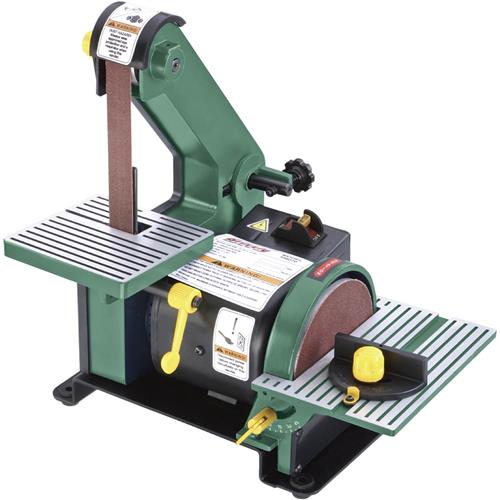1) I can not help you much with the steel supplies as I am located in Germany, but the names mentioned by milkbaby are all well known.
2) When steel is in annealed stated (basically as soft as it gets) it is acceptably easy to work with (has HRC in the 30-ties give or take), but would be pretty much useless as a cutting tool (ok it would cut some super soft stuff). I would strongly recommend to google HT possibilities in your aread. I send all my HT to professional shops. You need quite some stuff you most probably do not have to HT steel and a lot of experience to get any decent results out of it. On top of tghat only simple carbon steels can be HT-ed at home with basic tools, most steels (in particular stainless ones) need precise control of temperature during the process and advanced equipment and technique.
3) As mentioned in (2) I would not start with that unless you plan to forge. If that is the case you can either buy some simple gas-run forge, or build one that runs on coal (you will need active air flow) - there I can only recommend to check out how-to videos on youtube as I do not have experience with that.
4) I am buying most of my belts from
Tru-grit mainly because they have a good selection of 1x30" belts. I also found their shipping times and prices to Germany very reasonable. One woerd of advice - do not buy cheap belts. The difference with be around $1 to agood belts (I am talking about 1x30" size). I would recommend getting the following:
- Norton Blaze R980P in grits 40, 60, 120 - say 5 of each for the start
- 3M Trizact Gatgor A180, A100 (or even up to A65, A45, A30) - say 2 of each for tghe start
- 3M Trizactg A65, A45 (these are soft belts) - say 2 of each for the start
5) Hope others will chime in







